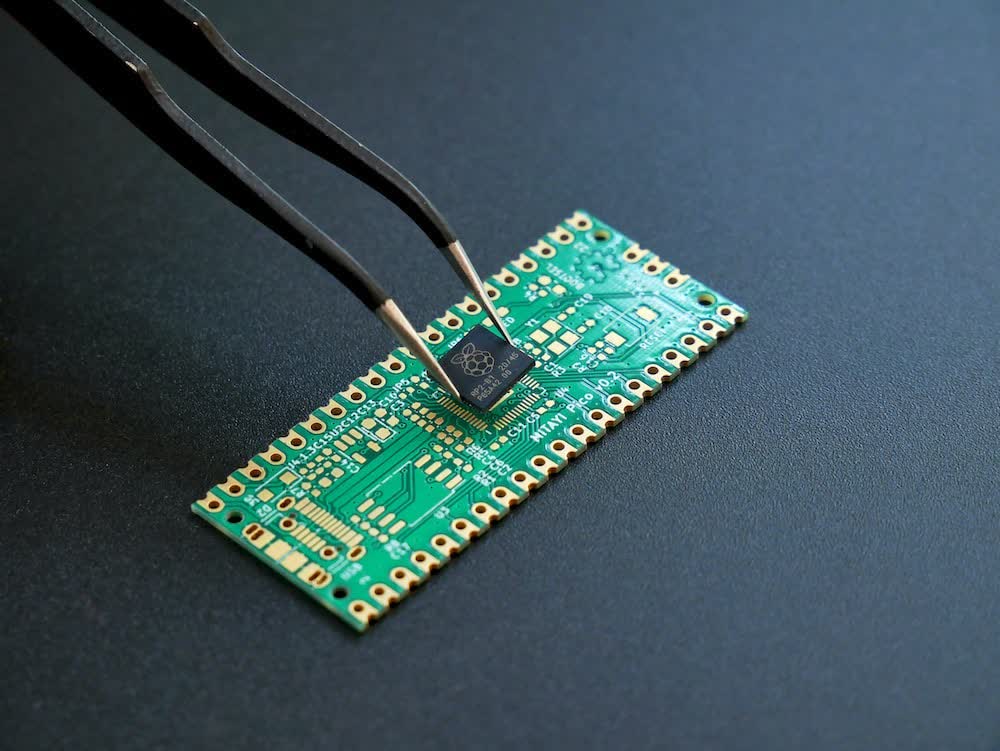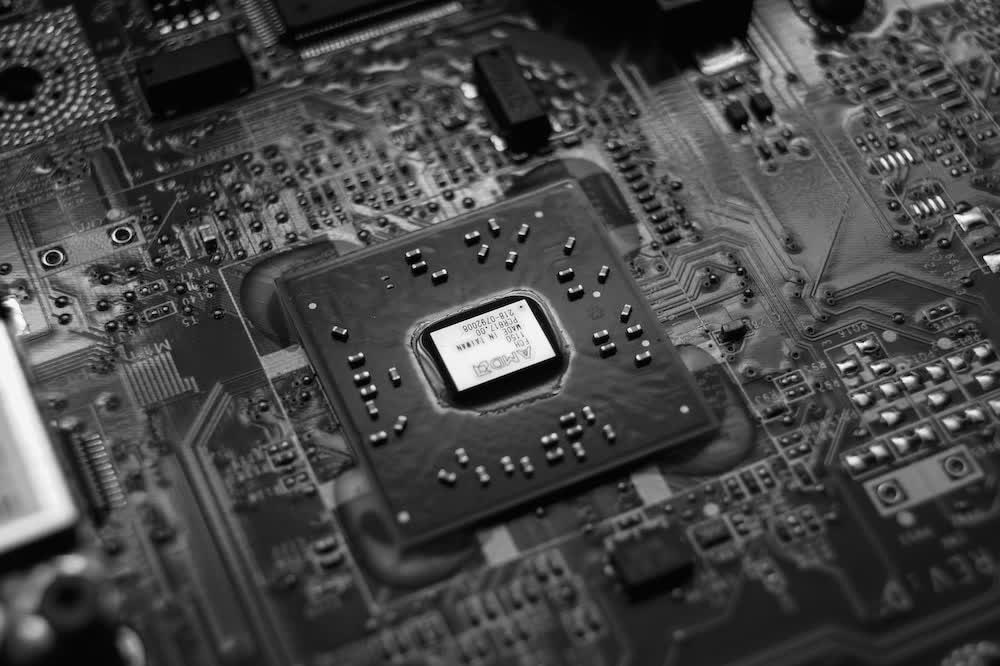In context: The U.K. seems to be lagging behind as countries compete to secure vital semiconductor supply chains due to concerns over deteriorating relations with China. Lack of experience and integrated policy-making in Whitehall, coupled with extreme political volatility in Downing Street, have hindered the U.K.'s attempts to develop its own comprehensive strategy.
Britain's government has been preparing a plan to diversify supply chains for essential components and increase domestic manufacturing for the past two years amid growing concerns that China could destabilize the world's security by invading Taiwan. Also, numerous British government allies are investing billions of dollars in local manufacturing.
The global reliance on Taiwan and China for advanced chips and manufacturing – everything from iPhones to cutting-edge weapons – was made clear by the Covid-19 outbreak.
The European Union has invested over €43 billion and the US has invested $52 billion in its microchip operations, intending to double its share of the world semiconductor industry to 20% by 2030. Britain's semiconductor sector is modest compared to that of the US or nations like Taiwan, as the UK only represents 0.5 percent of global semiconductor sales. That is not to imply that the UK lacks expertise in fields like chip design, however, there isn't a full supply chain.

Unexpectedly, there are roughly 25 fabrication factories located all over Britain. The majority of the equipment in these facilities, however, is only appropriate for "legacy nodes" larger than 180nm, supplying products for specialized applications, and use cases, and does not reflect the "full spectrum of production capacity" at these sites.
It's interesting to note that a $500 billion industry is being driven by microscopic silicon chips and is expected to expand by 2030. Moreover, the key to becoming an unparalleled powerhouse lies with whoever controls the supply chains. China desires the technology needed to produce semiconductors. As a result, the US, a significant provider of technology, is cutting Beijing off. Although East Asia eventually became a manufacturing hub, the US was the place where semiconductors were first developed.
